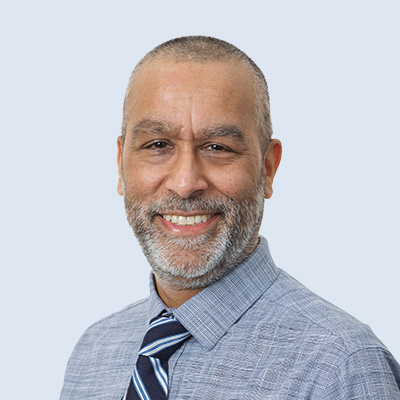Driving Forces of Change for Life Sciences & Analytical Instruments

Unprecedented change continues to disrupt the life sciences industry. Life sciences leaders grapple with the critical internal and external factors driving this change. Not only that, what innovative solutions should companies pursue? To adjust go-to-market strategies and commercial operations to win in this new environment, commercial leaders first need to understand the key internal and external factors at work.
KEY INTERNAL FACTORS
- Increased M&A drives greater organizational complexity. Big mergers such as Merck/Sigma-Aldrich and Thermo-Fisher/Life Technologies drive major change. While companies are integrating and trying to realize synergy, they realize they have to do it quickly. Within this environment, sales and service organizations integrate in order to effectively manage the complexity of two large entities working together to generate new value.
- Higher demand for true sales ROI: As a result of increased M&A activities and increased competitive pressure, organizations feel the need to drive revenue efficiently while maintaining margin to invest back into R&D (e.g., to ensure product leadership/competitiveness). As a result, leaders need to demonstrate a strong return on the dollars invested in sales through new and innovative sales coverage models and go-to-market models. There is real tension to determine how to achieve revenue growth that can outpace sales model spend. Companies need to figure out how to secure incremental growth that will allow them to more quickly see investment payoff.
- Stronger focus on maximizing share of wallet: As part of driving improved sales ROI, companies must maximize share of wallet through better collaboration across the pre- and post-sales arms of their organizations. Leaders are considering how pre- and post-sales resources work together to sell instruments, consumables and services that generate higher leverage from customers who purchase the full suite of products. For example, a company might lower the overall long term cost of sales by encouraging and seamlessly facilitating the purchase of consumables and break/fix at the point of instrument sale. This leads to a “stickier” customer base that views its vendors more as partners in driving success.
PRIMARY EXTERNAL FACTORS
- Greater requirements to be “easy to do business with”: Customers want vendors that are easy to do business with and present the right type of sales model that addresses their needs. They do not want five or eight product sellers coming into their business, trying to sell various different products. Customers want vendors to manage them as an account. Additionally, customers increasingly involve procurement departments, and decision-making becomes much more centralized. This requires companies to think differently in terms of how they approach these companies. Their segmentation and coverage models have to change from product-centric to a more sophisticated segmented model that achieves the following:
- Treats accounts differently
- Evolves to new customer-centric sales and service roles
- Supports that model with the right level of pre-sale, during-the-sale and post-sales resources
- Decreased research market funding: Funding for the research market is flat or declining in many markets. Companies need to find new sources of growth and new markets to go after. For example, in the past 12-13 years, National Institutes of Health (NIH) funding has either decreased or has lagged overall rising costs in academia. This has fueled the rise of applied markets (e.g., agriculture, forensics, etc.) as a focus, with increased importance to the life sciences portfolio. Companies feel heavy pressure to optimize the growth equation in these new areas and are adjusting their organizational structures and hiring profiles in response.
- Growing opportunities in emerging markets: With flat to potentially declining growth in the Americas and EMEA, the pressure is on life sciences organizations to get much more growth from emerging markets and regions such as Asia Pacific or Latin America. Companies have to figure out the optimal commercial model and the right mix and types of channels to get to key markets and customers (i.e., not simply take the U.S. model and transplant it into these very different markets).
Growth–the new normal: These internal and external factors drive a real need to change go-to-customer models and innovate customer segmentation, coverage models, roles and talent profiles. This is the “new normal” of life sciences revenue growth. Understanding the underlying factors driving change in the life sciences industry–continuous innovation, industry consolidation, internal pressures and external market factors–is key. Only then can commercial leaders focus on the transformational solutions needed. That requires companies to tackle complex issues, including:
- “How do I get higher sales productivity?”
- “How do I optimize multiple channels?”
- “How do I use e-commerce and inside sales to create model efficiency?”
- “What type of talent should I be hiring for different roles? Is scientific or sales experience most important for hiring?”
How commercial leaders are responding: Based on recent client engagements with life sciences and analytical instruments companies, the Alexander Group (AGI) has firsthand experience seeing and supporting how commercial leaders are responding. Stay tuned as we share contemporary responses to these challenges in future articles.
In the meantime, you can learn more about our Life Sciences practice and how Alexander Group can help you navigate sales transformation.